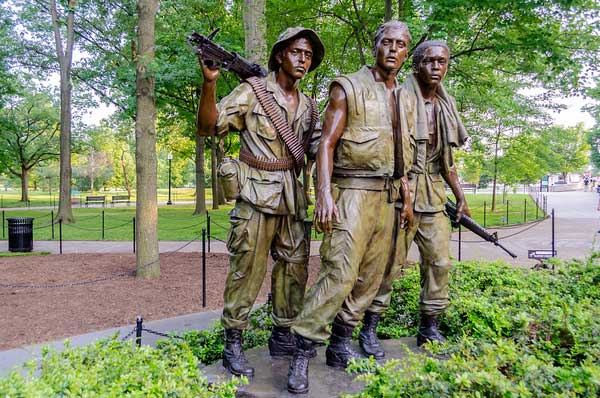The Vietnam War was a protracted and brutal conflict that witnessed the ingenious use of tunnels by the Communist forces, primarily the Viet Cong (VC) and the North Vietnamese Army (NVA). Unable to confront the overwhelming firepower of the United States and its allies head-on, the VC and NVA turned to guerrilla warfare tactics, which involved striking swiftly and then disappearing into an elaborate network of underground tunnels. This blog article delves into the fascinating world of the Vietcong tunnels, exploring their construction, purposes, living conditions, and the pivotal role they played in shaping the course of the war.

The Birth of the Tunnels – Origins and Expansion
The roots of the Vietcong tunnels can be traced back to the Vietnamese nationalists’ struggle against French colonial rule after World War II. However, it was during the American involvement that the tunnel network expanded exponentially, covering hundreds of miles and multiple districts, and even stretching into neighboring Cambodia. We’ll uncover how these tunnels evolved from simple burrows to complex multi-layered constructions.
The Art of Concealment – Hiding Tunnel Entrances
The survival of the VC and NVA depended on the secrecy of their tunnel entrances. We’ll explore the ingenious methods they employed to hide these access points in the jungle and villages, making them virtually undetectable. From camouflaging entrances under cooking pots to placing them in pig corrals covered in manure, we’ll unveil the tricks used to outwit American forces and their canine companions.
Life Underground – The Subterranean World
Venturing inside the tunnels, we’ll uncover the harsh realities of life underground for the VC and NVA soldiers. They made use of various facilities carved into the soil, from sleeping quarters with multi-layered hammocks to medical facilities lined with salvaged American parachutes. Additionally, we’ll explore how they managed to provide limited lighting, fresh air, and access to water in the damp, cramped environment.
Trapped in Darkness – Challenges for the Tunnel Rats
The American forces faced immense challenges while dealing with the Vietcong tunnels. We’ll delve into the unique defenses put in place by the VC, including traps, ambush points, and wildlife used against their enemies. We’ll also examine the perilous task of the tunnel rats, the brave soldiers tasked with clearing the tunnels manually, and the dangers they faced in this claustrophobic and dangerous environment.
Strategic Significance – The Role of Tunnels in the Tet Offensive
The Tet Offensive of 1968 was a turning point in the Vietnam War. We’ll explore how the VC and NVA leveraged their tunnel network to carry out massive strikes across Vietnam, taking their enemies by surprise and causing significant disruptions to the South Vietnamese and their allies. The strategic significance of the tunnels in this operation marked a pivotal moment in the conflict.
Conclusion
The Vietcong tunnels stand as a testament to the resourcefulness and determination of the Communist forces during the Vietnam War. Their elaborate network of underground passageways allowed them to outmaneuver and outlast one of the world’s most formidable military forces. Through concealment, strategic planning, and resilience, the VC and NVA held their ground against all odds, leaving an indelible mark on the course of history.
